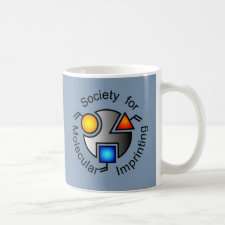
Authors: Liang RN, Ding JW, Gao SS, Qin W
Article Title: Mussel-Inspired Surface-Imprinted Sensors for Potentiometric Label-Free Detection of Biological Species.
Publication date: 2017
Journal: Angewandte Chemie International Edition
Volume: 56
Issue: (24)
Page numbers: 6833-6837.
DOI: 10.1002/anie.201701892
Abstract: Using sensors to quantify clinically relevant biological species has emerged as a fascinating research field due to their potential to revolutionize clinical diagnosis and therapeutic monitoring. Taking advantage of the wide utility in clinical analysis and low cost of potentiometric ion sensors, we demonstrate a method to use such ion sensors to quantify bioanalytes without chemical labels. This is achieved by combination of chronopotentiometry with a mussel-inspired surface imprinting technique. The biomimetic sensing method is based on a blocking mechanism by which the recognition reaction between the surface imprinted polymer and a bioanalyte can block the current-induced ion transfer of an indicator ion, thus causing a potential change. The present method offers high sensitivity and excellent selectivity for detection of biological analytes. As models, trypsin and yeast cells can be measured at levels down to 0.03 U mL-1 and 50 CFU mL-1, respectively
Template and target information: protein, trypsin, yeast cells
Author keywords: biological species, Biosensors, imprinting, mussel-inspired polymers, Potentiometry



Join the Society for Molecular Imprinting

New items RSS feed
Sign-up for e-mail updates:
Choose between receiving an occasional newsletter or more frequent e-mail alerts.
Click here to go to the sign-up page.
Is your name elemental or peptidic? Enter your name and find out by clicking either of the buttons below!
Other products you may like:
 MIPdatabase
MIPdatabase









